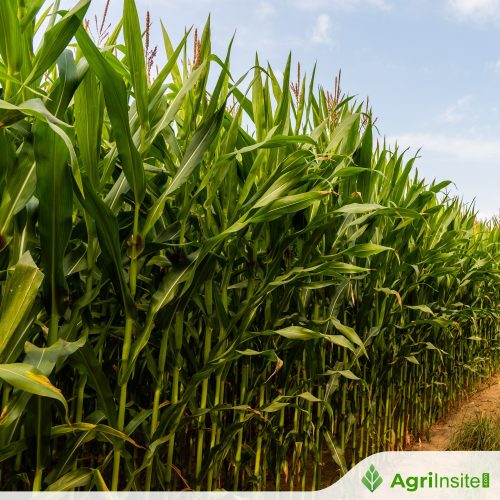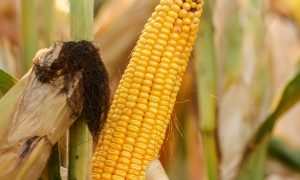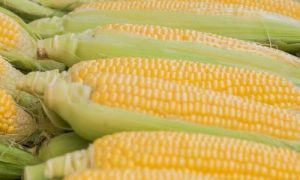La Niña may bring favourable weather, boosting optimism about food security in Southern Africa

The Southern Africa region is recovering from a challenging 2023-24 agricultural season marked by significant declines in maize production, exacerbating food insecurity for millions. Countries like Zimbabwe and Zambia experienced drastic harvest drops, while South Africa managed a moderate decline and remains secure in supplies.
The Southern Africa region is at the tail end of the most challenging season — the 2023-24 production year in which grains and oilseed production declined significantly. Some countries saw a much sharper decline in their staple maize production, leading to concerns about the potential increase in food insecurity.
For example, on 7 June, USAid said that “an estimated 26 to 30 million people are experiencing acute food insecurity throughout the region ahead of the upcoming lean season”.
The USAid further stated that: “Widespread crop failure has resulted in heightened food insecurity regionally, eroding affected populations’ ability to access food and safe drinking water and maintain livelihoods, prompting four national governments — Malawi, Namibia, Zambia, and Zimbabwe — to issue drought-related disaster declarations.”
This assessment is correct, and the effect is severe on livestock.
Regarding staple maize, Zimbabwe’s maize harvest declined by roughly 60% year-on-year in the 2023-24 production season, while Zambia’s maize harvest was down by 50%. There were also major crop failures in Malawi, Lesotho and Namibia.
Other countries, like South Africa, saw a more moderate decline in maize harvest, down 22% year-on-year. South Africa remains comfortable with sufficient maize supplies for its use and exports to the neighbouring countries.
The difference was caused by, among other things, the variation in the seed cultivars and fertiliser usage. Still, the ultimate challenge was that we were in an El Niño cycle, which typically brings below-normal rainfall in Southern Africa. This weighed heavily on the region’s agricultural production conditions this past season.
We are now moving to a La Niña phase, which usually brings above-normal rainfall. This could be a much-needed break from a tough season.
Thus, it is reasonable to be optimistic about the upcoming 2024-25 summer season in the Southern Africa region.
Global weather forecasters paint encouraging prospects for weather conditions. For example, the Australian Bureau of Meteorology and the International Research Institute for Climate and Society (IRI) at Columbia University continue to forecast La Niña occurrences.
The Australian Bureau of Meteorology states: “The ENSO [El Niño Southern Oscillation] outlook is at La Niña Watch, meaning there are some signs that a La Niña may form in the Pacific Ocean later in 2024.” The IRI sees a strong likelihood of La Niña now through January 2025 and after that, it weakens as the weather normalises.
On 3 October, the South African Weather Service also stated a cautiously optimistic note in its Seasonal Climate Watch monthly report. The weather service wrote that: “Current predictions indicate the development of a La Niña state during the start of the summer season; however, there is still significant uncertainty in the predictions.”
The weather service added: “It is advised to monitor the ENSO system during the start of the summer season, as it may change the rainfall outlook for the summer rainfall regions if and when the La Niña materialises. Current predictions focus on the early- and mid-summer seasons and indicate wetter conditions over the interior of the country. The northeastern parts, however, at this stage, indicate drier conditions extending through to the mid-summer period.”
What we can draw from these statements is 1) South Africa and, indeed, the Southern Africa region is out of an El Niño cycle, which typically brings drought and has had a devastating effect on agriculture in the 2023-24 summer season; 2) there is reason to be optimistic about the La Niña possibilities and favourable rains in the 2024-25 season (but must be mindful of the regions of South Africa the weather service suggests may be slightly dry for some time), and that 3) even if we are out of a La Niña cycle soon and in the “neutral” state, the agricultural conditions could still be favourable as the “neutral” state implies normal conditions.
In essence, the 2024-25 agricultural season may be a period of recovery in South Africa and the broader Southern Africa region after a challenging drought in the 2023-24 season, which negatively affected not only summer grains and oilseeds, but also the livestock industry and other agricultural activity. Most importantly, the drought caused a significant regional food insecurity problem.
It is reasonable to assume that food price inflation in 2025 could moderate and food insecurity issues could perhaps also ease.
Still, we are working with weather prospects and therefore continuous monitoring of its outlook is vital in determining whether an optimistic view holds. For now, I think we have reason to be hopeful.















